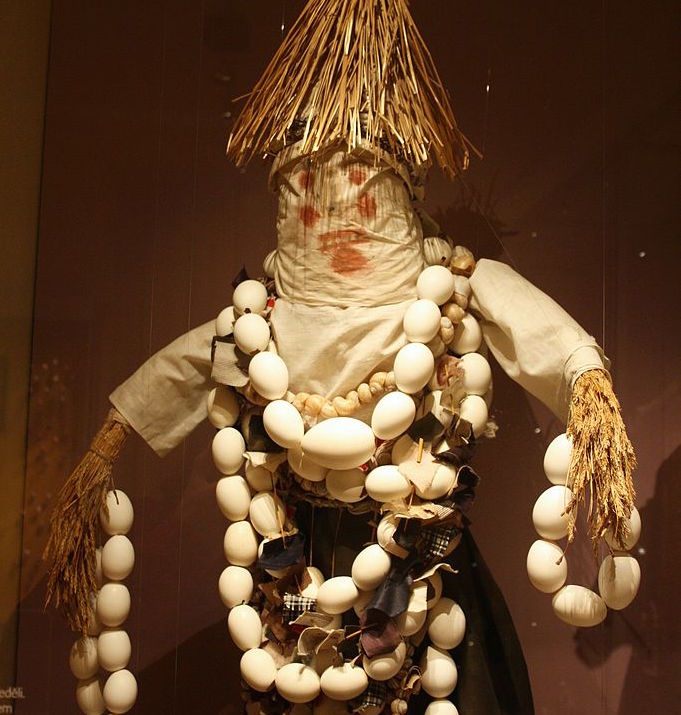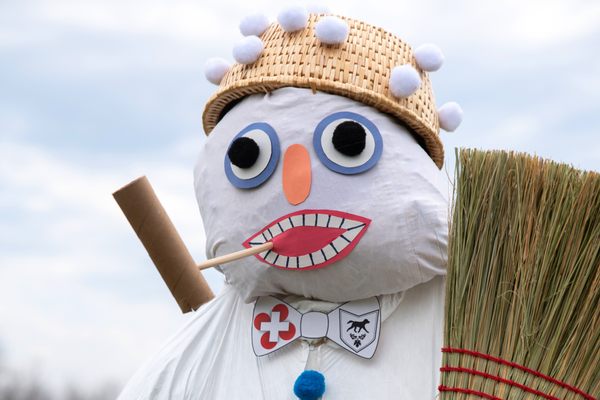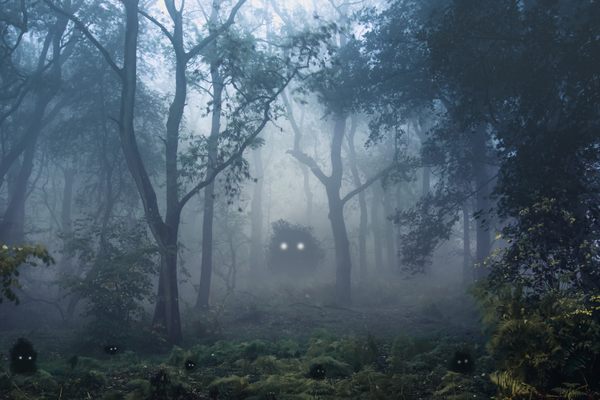Welcoming Spring by Burning the Goddess of Winter
Traditions!
There are many ways to celebrate the arrival of spring. In the right climate, you can spend time among cloud-like cherry blossoms. You might decorate or eat eggs—in one Bosnian town, there’s an entire spring festival dedicated to scrambled eggs. In Switzerland, they ask a snowman named the Böögg to forecast summer weather. And in some Slavic countries, they burn and drown the goddess of winter.
The pagan goddess Marzanna is associated with death, plague, winter, and rebirth. In the spring, her power wanes, and as she dies at the end of winter, a spring goddess is born.
For centuries, it’s been a tradition in Poland and other countries to help this process along.
The tradition of drowning Marzanna begins with building a straw effigy. In the past, the goddess was wrapped in linen and adorned with beads and ribbons. The village’s young people then parade the goddess in all her finery around town, passing by each house before the procession headed to the river. There, Marzanna would be lit on fire and then thrown into the water. Once she was in the river, no one was allowed to touch her or look back at her body.


“Getting rid of this symbol of winter deadness was considered a dangerous act,” writes Beata Wojciechowska, a history professor at Jan Kochanowski University. “The hostile force which was being destroyed could reveal its destructive powers even at that very last moment of its existence.” Having gotten rid of the goddess, people needed to leave the scene as quickly as possible, or risk negative consequences.
Once this tradition was linked to the fasting of Lent; today, it’s been moved to the spring equinox. It survives as a cheerful activity for schoolchildren: Young kids make Marzanna effigies, some of them small but others still life-sized, which are sacrificed to the water. There have been no reports of the winter goddess exacting her revenge, but you can never be too careful.














Follow us on Twitter to get the latest on the world's hidden wonders.
Like us on Facebook to get the latest on the world's hidden wonders.
Follow us on Twitter Like us on Facebook